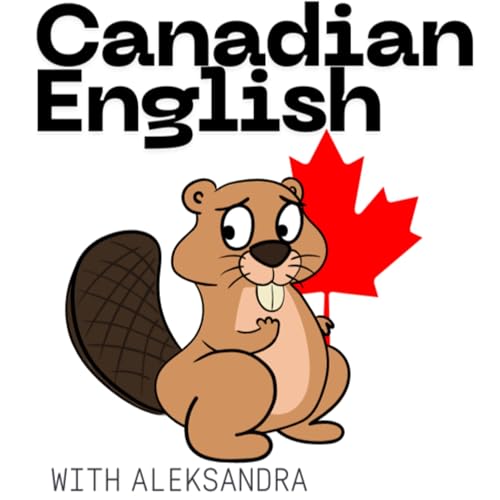Keywords
Canadian weather, fall, winter, climate change, El Niño, La Niña, ice storms, frost, Chinook, weather expressions
Summary
In this episode of Canadian English, Aleksandra explores the unique and unpredictable weather patterns in Canada as the seasons transition from fall to winter. She discusses various weather phenomena such as frost, ice storms, and the effects of El Niño and La Niña, while also highlighting how Canadians adapt to these changes in their daily lives. The conversation emphasizes the cultural significance of weather in Canada and how it shapes social interactions and activities.
Takeaways
The weather in Canada can change dramatically between fall and winter.
Canadians often use specific terms like 'cold snap' and 'freezing rain.'
Frost forms when water vapor freezes into tiny ice crystals.
Ice storms can create dangerous conditions and cause significant damage.
Chinooks are warm winds that can drastically change temperatures.
El Niño and La Niña are global climate patterns affecting Canadian weather.
Canadians adapt to weather by dressing in layers and switching to winter tires.
Weather is a common small talk topic among Canadians.
Winter activities are an essential part of Canadian culture.
The transition from fall to winter is a time of beauty and challenges.
Sound bites
"It's time to wear warmer clothes."
"Ice storms can cause serious damage."
"What's the weather like where you live?"
Chapters
00:00 Introduction to Canadian Weather
04:25 Understanding Frost and Ice Formation
06:48 The Impact of Ice Storms
11:11 El Niño and La Niña: Global Climate Patterns
15:10 Conclusion: Embracing the Canadian Winter
 16 分
16 分 2025/10/2529 分
2025/10/2529 分 11 分
11 分 17 分
17 分 2025/09/1714 分
2025/09/1714 分 2025/09/1215 分
2025/09/1215 分
